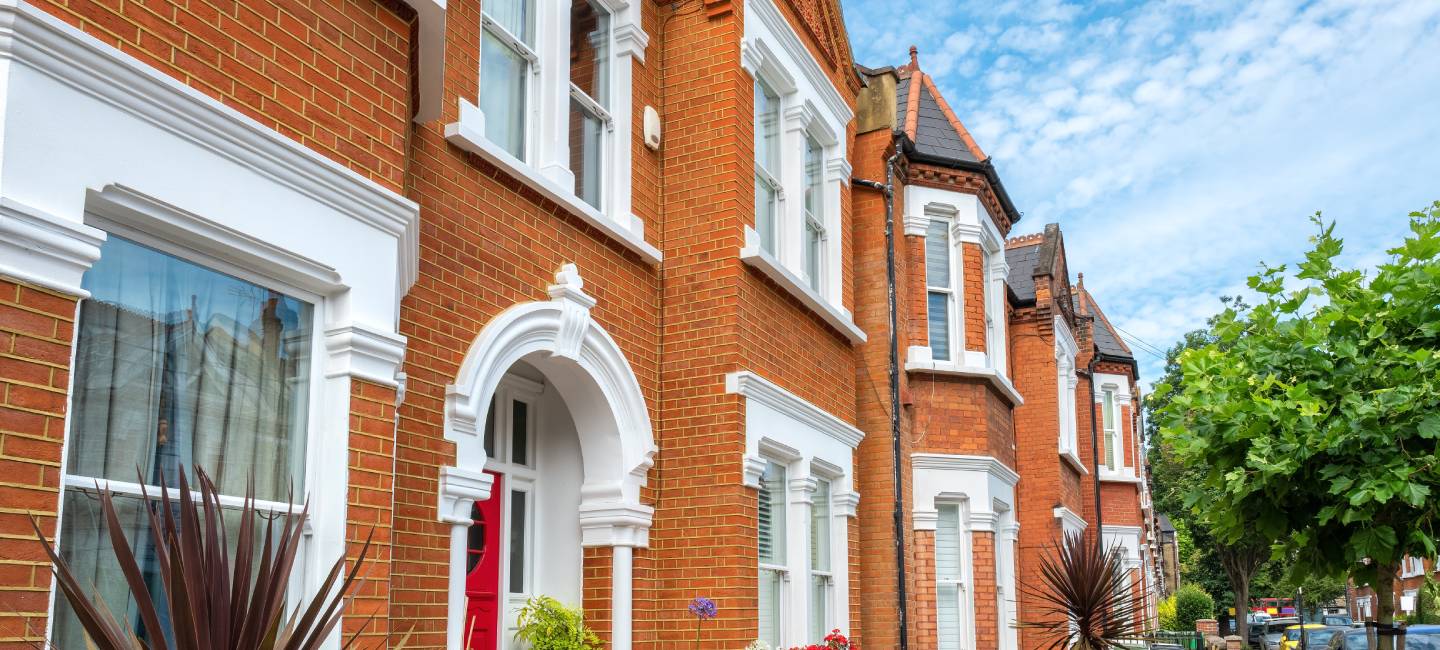

This article is for general guidance only and is not financial or professional advice. Any links are for your own information, and do not constitute any form of recommendation by Saga. You should not solely rely on this information to make any decisions, and consider seeking independent professional advice. All figures and information in this article are correct at the time of publishing, but laws, entitlements, tax treatments and allowances may change in the future.
If you save into ISAs, it’s easy to forget about them until the end of a tax year (when you're about to lose any allowance) - but that approach might be costing you money.
By carrying out a mid-year ISA (or any savings account, for that matter) audit, you can make sure they’re still right for your needs and performing as you hoped.
Whether that’s saving for a holiday or putting something aside for emergencies, it’s important to make sure your money is earning as much as it can and that you can access it when necessary.
A review can also show allowances you can use to improve your financial situation, which could be particularly important over the coming months with mounting speculation that Capital Gains Tax rules will be overhauled in the Government’s October Budget.
So, if you’ve got stocks and shares outside of an ISA, or interest from savings accounts that’s being taxed, now is a good time to just check your decisions are making the most of your money.
One key benefit of using ISAs is they shelter your money from tax – which is why they’re sometimes called a ‘tax wrapper’.
Clare Moffat, Finance Expert at Royal London, points out that, unlike pensions, money spent from ISAs won’t incur a charge: “The benefit is that when you take [money] out of the ISA it won’t be added to your taxable income.”
The ISA allowance currently stands at £20,000 every year, and it’s a use-it-or-lose-it arrangement, meaning you can’t carry it forward to future years if you don’t use it all.
As such ISAs are a useful tool for reducing the amount of tax you pay on savings, as when it comes to cash ISAs, the interest earned is always free of tax.
Although everyone in the UK has a personal savings allowance (PSA), which allows basic rate taxpayers to earn £1,000 a year in any savings interest tax free (and just £500 for higher rate taxpayers, and nothing for those that pay the additional rate), it’s not enough for many savers.
According to recent reports, six million people with cash savings could be hit with a tax bill on their interest from savings accounts – and Saga Money’s research shows that people over 50 are more likely to have easy-access savings accounts over ISAs.
While these are designed to save for things like travel and emergency funds, if they’re not held in a tax-efficient account, you could end up paying tax on your interest.
However, some cash ISAs will require you to lock your money away for a certain amount of time to get the best returns and may potentially have lower interest rates than other savings accounts.
When it comes to stocks and shares ISAs, you don't pay tax on any dividends from your investments, nor will you need to pay Capital Gains Tax on any profits when you come to sell them.
Since April 2024, savers have been allowed to both open and invest in as many ISAs as they want each year, provided total contributions remain under the £20,000 annual limit. They can also make partial transfers if moving funds from one provider to another.
However, one of the big drawbacks of having multiple ISAs is that it’s the saver’s responsibility to make sure they don’t breach the annual limit – if you open multiple accounts in a year, or just pay into many different kinds, it can be easy to lose track.
Kevin Brown, Savings Specialist at mutual life office Scottish Friendly, points out that ‘fiddling’ with your savings too much can cause more trouble than it’s worth: “When it comes to our long-term savings, the saying ‘slow and steady wins the race’ couldn’t be more apt.
“With this, it is important to strike the right balance when it comes to managing our savings day-to-day and year-to-year.
“Checking in too frequently can lead to unnecessary tweaking and over-analysing of our plans. This is why having a mid-year check up on your ISA is a good schedule to live by.”
When you do review your ISAs, Brown suggests the following: “It’s important to consider how much allowance you have available, overall performance, and what additional potential contributions you can make to maximise the tax-efficiency of your overall savings.”
.jpg?sc=max&mw=800&h=450&la=en&h=731&w=1300&hash=A1E2F8A4932D1E1EA7D338955A11C9C6)
Well, it’s important to not just try and grow ISAs as quickly as possible, but also consider their use within the context of what’s happening in your own life.
“Within these reviews, it’s important to consider whether you’ve had any significant life events that change how you might approach that plan,” Brown adds.
“It can be anything from a child leaving home for the first time, you or your partner cutting working hours, becoming a grandparent, health changes or other household needs.”
These changes could affect anything from the amount you can afford to pay in to your ISA, to the access you might need on that money.
If you’ve taken out a variable-rate cash ISA, it’s worth checking whether its interest rate is still competitive and be prepared to transfer (if your provider allows) to maximise how hard your money is working.
If you’ve got a fixed-rate ISA, make sure you know when the fixed-rate term is going to run out and make a note in your diary to remind you to review it closer to the time.
You should review performance on stocks and shares ISAs too, but if you’re not happy with what you see, it doesn’t necessarily mean you need to take action.
“With stocks and shares ISAs obviously you'll track progress of your investment, but don't be tempted to pull the plug on it if there's a sudden dip in performance,” says Andrew Hagger, Director at MoneyComms.
“[These] ISAs are a medium to long term investment and over time most funds recover from the dips in the market and produce a positive return.”
This is why it’s important to choose investments carefully and only invest if you can afford to tie your money up for at least five to 10 years.
As you get older it’s also important to assess any investments you might be holding in an ISA, especially if you haven’t done so in a while. You want to ensure that they’re still in line with your goals and attitude to risk.
Stocks and shares ISAs stand to become even more attractive if Capital Gains Tax (CGT) rules are changed in the upcoming budget.
Now, CGT sees you pay from 10% to 24% (depending on whether you are a basic rate or higher rate taxpayer) on profits made from certain assets – including stocks and shares.
If you hold these in a General Investment Account, they can be subject to CGT but, by investing money in a stocks and shares ISA, it’ll be safeguarded from the tax.
Everyone can enjoy some tax-free capital gains, although the allowance has shrunk dramatically in recent years – it currently stands at £3,000 a year per individual, from a high of £12,300 in 2022/23.
And there’s ongoing speculation that there could be a rise in CGT rates and/or a further reduction in the CGT allowance in the Budget on 30 October, which could mean lower profits when selling stocks and shares you hold.
One way investors can prepare for this is via a process known as ‘bed and ISA’. Now, this involves transferring assets held outside of a tax wrapper into an ISA, so that future investment growth and income are sheltered from tax.
However, you may still have to pay a tax charge if you go down this route, as it involves selling investments and buying them back again.
“Some people who hold investments outside of an ISA are considering selling and moving them into an ISA before the Budget,” said Moffat, “There will still potentially be a CGT charge, though. Taking financial advice before making decisions like this is important.”


From their first savings account to their first home, find out how your gifts can make the biggest impact for your grandchildren


Discover which properties are popular, reginal trends, and expert advice for movers.



Discover our easy ways to take control of your finances, from doing your tax return to assessing your savings.